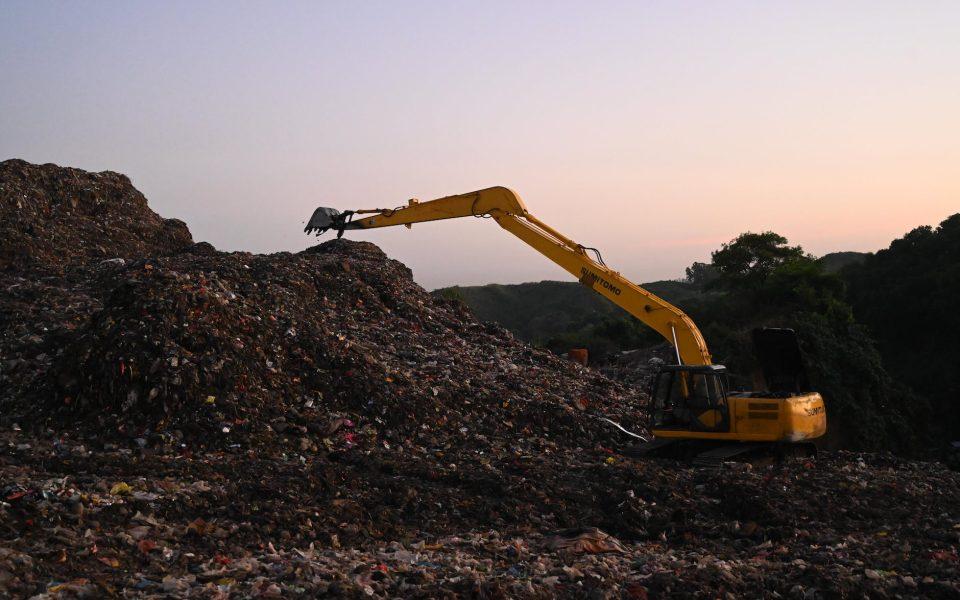This story was originally published by NC Policy Watch. Story by Lisa Sorg.
In 2020, air permit holders in North Carolina emitted 5.5 tons of vinyl chloride — the same chemical that was released from rail cars during a train derailment in East Palestine, Ohio, earlier this month.
To illustrate the magnitude of that environmental disaster, an estimated 550 tons of vinyl chloride was released in East Palestine one week, according to a lawsuit filed against Norfolk Southern, the railroad owners. That’s 100 times more than North Carolina emits into the air in a year.
A known carcinogen, vinyl chloride is a colorless gas with a sweet odor that burns easily. It is used to make plastics, but it can be emitted from other sources, including landfills, paper mills and wood product manufacturers.
In North Carolina, vinyl chloride emissions increased by 20 percent from 2017 to 2020. Landfills are the largest source of emissions, primarily because microbes breakdown chlorinated solvents present in the waste — plastics, degreasers, spot removers, even cosmetics. Of the top 20 emitters statewide, 17 of them are landfills.
The Sampson County Landfill, which already carries the dubious distinction of ranking second in the nation in methane emissions, also led the state in vinyl chloride air releases: 3,224 pounds — or 1.6 tons. That figure is a 61 percent increase since 2017. That uptick coincides with the 25 tons-and-counting of garbage rotting in the landfill, which accepts waste from 44 counties.
Here are the top 10 landfills for vinyl chloride emissions, in pounds, for the Year 2020. Figures are from the NC Department of Environmental Quality’s air quality division. Facilities in bold indicate they are located in predominantly communities of color, neighborhoods where at least 30 percent of residents are low-income, or both.
Top 10 landfills for vinyl chloride emissions in 2020
- Sampson County — 3,224
- Cleveland County — 893
- Kersey Valley (High Point) — 533
- Foothills Environmental (Caldwell County) — 386
- White Oak (Haywood County) — 384
- Wayne County — 335
- Davidson County — 298
- New Hanover County —275
- Onslow County — 245
- Blackburn Sanitary (Catawba County) — 242
Here are the top 10 emitters that are not landfills:
- International Paper Riegelwood Mill, Columbus County — 433
- Millwork and Panel, LLC, Catawba County — 318
- Blue Ridge Paper Products, Haywood County — 288
- Charlotte Pipe & Foundry, Plastics Division, Union County — 166
- Black Creek Renewable Energy, Sampson County — 109
- Domtar Paper, Washington County — 104
- National Pipe & Plastics, Guilford County — 92
- Rocky River Regional Wastewater Treatment Plant, Cabarrus County — 83
- Color Path Technologies, Jones County — 80
- CPI Southport — 67* *Facility closed in 2021 after being fined $474,000 for repeated air quality violations.
Join the First Amendment Society, a membership that goes directly to funding TCB‘s newsroom.
We believe that reporting can save the world.
The TCB First Amendment Society recognizes the vital role of a free, unfettered press with a bundling of local experiences designed to build community, and unique engagements with our newsroom that will help you understand, and shape, local journalism’s critical role in uplifting the people in our cities.
All revenue goes directly into the newsroom as reporters’ salaries and freelance commissions.


Leave a Reply